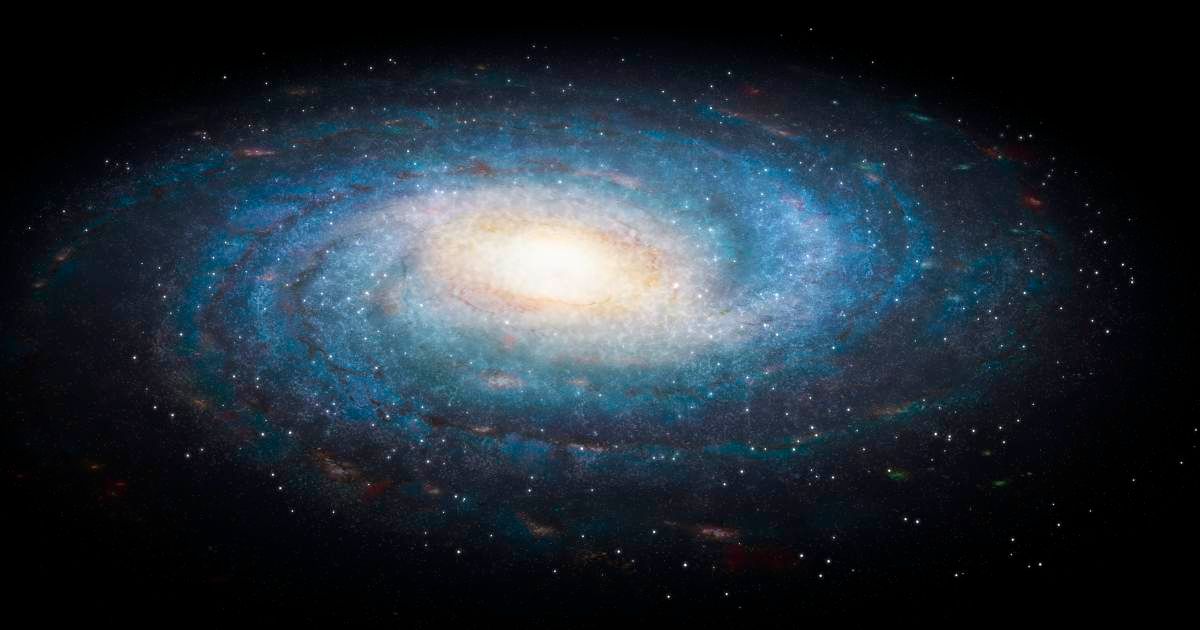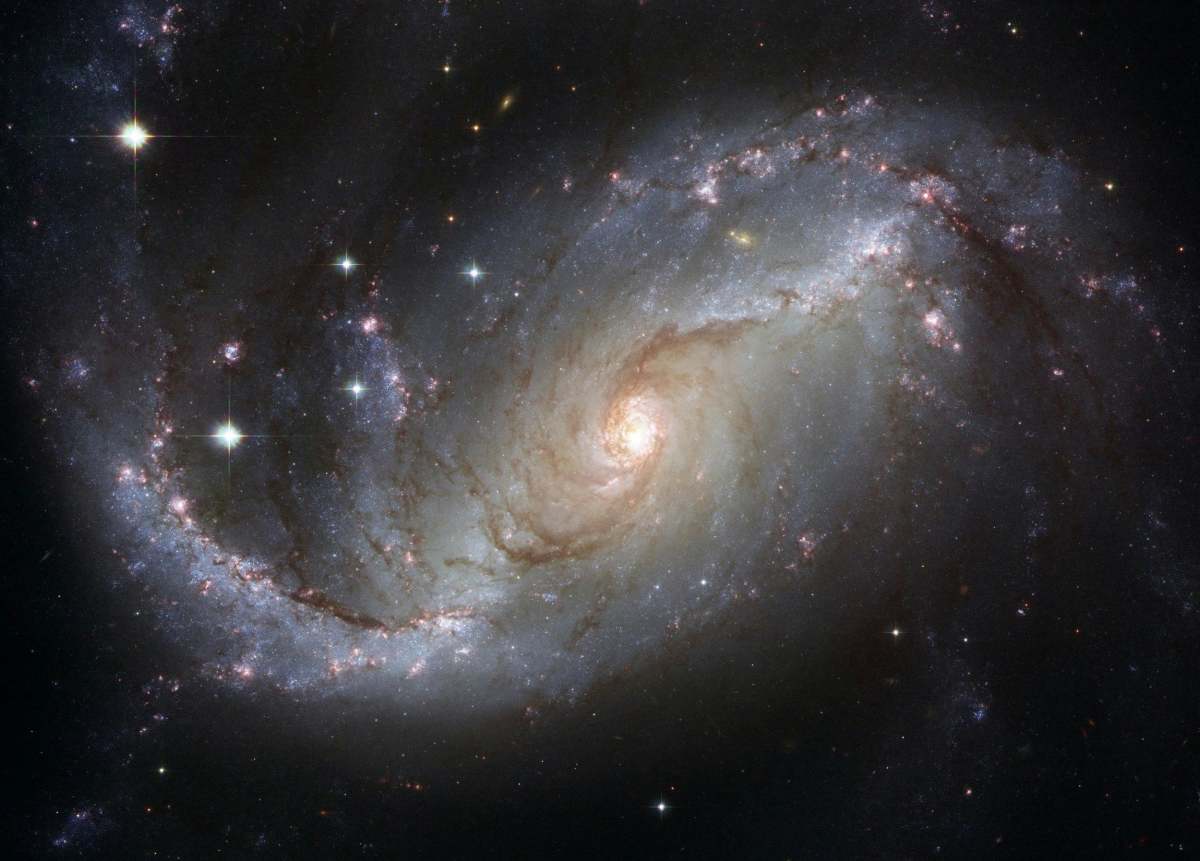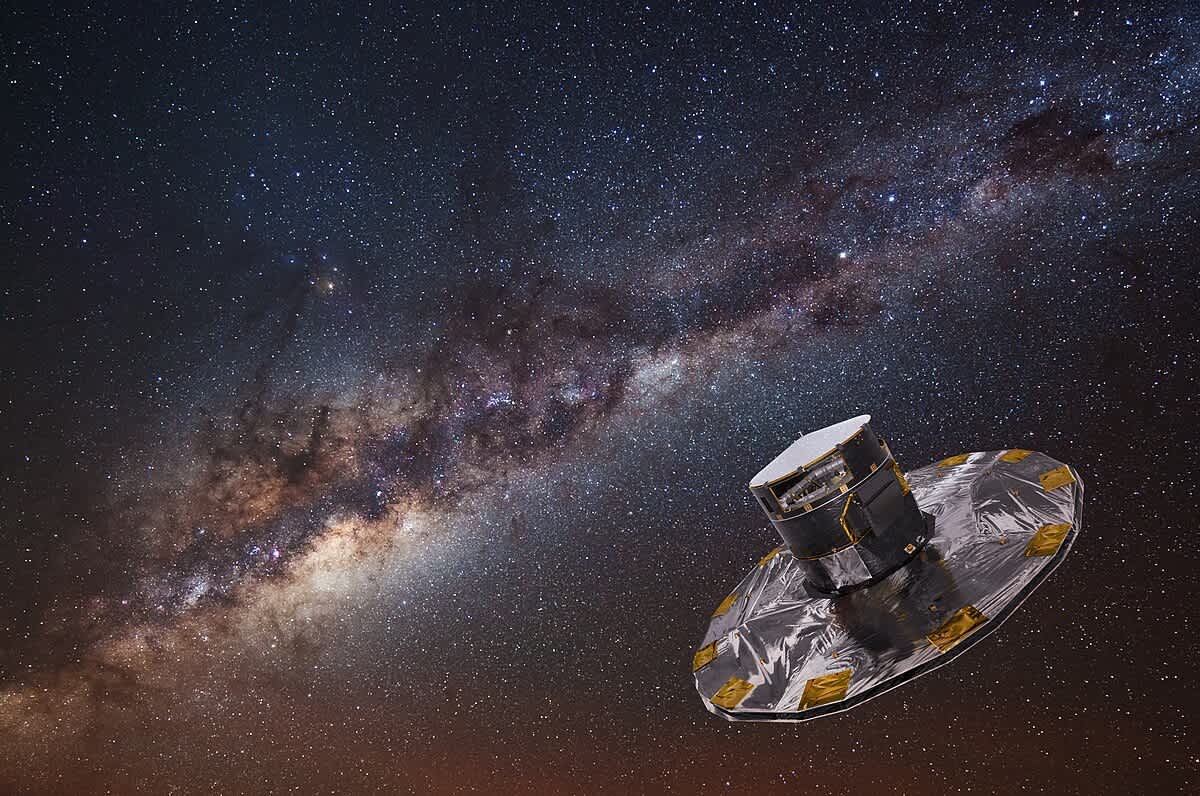ESA's Gaia mission ends its tenure—creating the most comprehensive and precise 3D map of Milky Way Galaxy

In March 2025, the Gaia mission stopped collecting data from space. The influence of this mission is huge, especially in studying the Milky Way Galaxy, according to Earth.com. The insights provided by the mission's data revealed that the galaxy may not be exhibiting features that they previously thought it was. Researchers made many corrections in several models, which allowed astronomers a better understanding of the universe, where humans reside. Though the data collection step has formally come to a close, the authorities have not released all the information they have gathered. They plan to release the data bit by bit, with the final drop coming around 2030.

Contribution of Gaia Space Observatory
The Gaia space observatory of the European Space Agency (ESA) has contained twin telescopes monitoring the space since 2014, and has collected more precise information regarding the galaxy than any other mission. Throughout its tenure, the telescopes monitored around two billion stars, tracing their trajectories as they originated. Through this evaluation, scientists found that the Milky Way Galaxy was considerably different than what past readings suggested. The galaxy supposedly carried multiple stars racing through space, forming clusters as well as moving freely. The telescopes also noted several unknown star families extending thousands of light-years.

What Sets Gaia Apart?
Gaia's objective was to create the greatest map of the Milky Way Galaxy and Earth's stellar neighborhood, according to American Scientists. If Gaia manages to do this, then experts will have the first three-dimensional (3D) picture of the cosmos near Earth. For this purpose, Gaia has routinely collected astrometric and photometric data of staggering size associated with the Milky Way across several years. The observatory improves on past methods used to examine the galaxy. Experts formerly mapped the Milky Way Galaxy through data gathered by wavelengths from the body, which were not impacted by dust. This methodology allowed scientists to detect the gas and stars at the location, but the distance remained an unknown value.
Gaia determined the distance of their subjects by measuring parallax, the yearly back-and-forth movement exhibited by stars, primarily due to Earth's changing perspective, as it revolves around the sun. For humans or telescopes, the further the stars are, the less movement they showcase. This aspect was used to measure distances by the twin telescopes. In 2018, the Gaia observatory released parallax measurements related to 1.3 billion stars. Furthermore, the data was so precise that experts claimed it had an error possibility of 50 microarcseconds.
The telescopes are also taking precise readings of colors, brightness, and apparent motion displayed by more than a billion stars in the Milky Way Galaxy. This dataset exposes the dynamic nature of the galaxy and provides valuable hints about its formation. The combination of parallax data along with all these readings related to the stars' features gives a never-before-seen look at their subjects. Experts can figure out the speed, direction, and location of several stars in the galaxy.
Mysteries Solved by Gaia
For a long time, researchers were perplexed about the shape of the Milky Way Galaxy; Gaia has solved this mystery. Gaia's reading regarding the stellar motion going on inside the galaxy suggests that the galaxy was spiral-shaped, as the structure is clearly evident in Gaia's velocity maps. The stellar streaming motions observed in these velocity maps align with the features of a two-armed spiral structure that has been suspected in the past, within the near-infrared region of the spectrum. This reading further solidifies the spiral theory regarding the galaxy. Gaia has also detected that systematic stellar motions in the galaxy are vertical to the galactic disk, which backs the past theory that the outer portion of the Milky Way is not flat, but is warped.
Observations have also concluded that the vertical pattern occurs for both old and young stars, implying that the warped nature could be a consequence of the gravitational effect. Also, it shed light on how many clusters in the galaxy are seemingly connected, rarely noticed in other regions of space. They behave like families. Some stars also move free of clusters, exhibiting random motions. Gaia's telescopes can separate free stars from clusters. "Thanks to Gaia, we can find and remove rogue stars that don't actually belong to a cluster, making all of our science far more accurate," said Antonella Vallenari, deputy chair of the Gaia Data Processing and Analysis Consortium (DPAC).
"Gaia can spot and group stars that are born together and moving similarly, even if they're spread out through space. We've used Gaia to find new open clusters ranging from the very small – just a few pairs of co-moving stars! – all the way up those a few thousands strong," Vallenari added. All these insights have solidified and rejected past assertions about the Milky Way Galaxy. The mission, started in 2013, has come to an end in 2025; its contributions have changed the way astronomers perceive the Milky Way Galaxy.